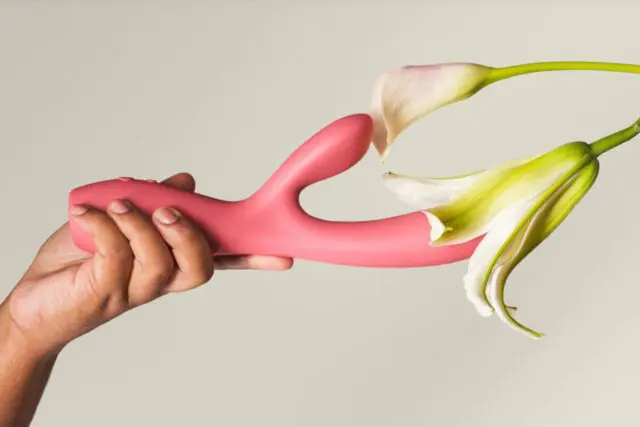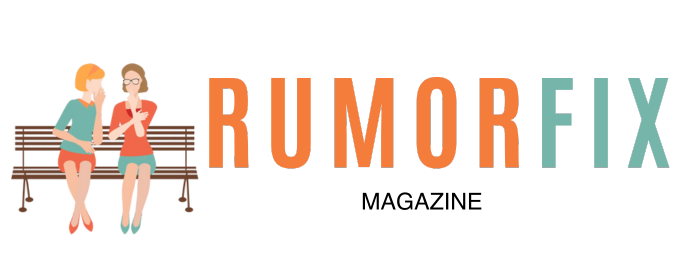
Intimacy can be full of curiosity, warmth, and connection—but also hesitation, self-consciousness, and the awkwardness of not knowing how to begin. When you’re in a relationship, it’s natural to want to grow and try new things together. Yet, there’s often a quiet tension in figuring out how to explore without it feeling like a performance or a test.
Whether you’re navigating new physical experiences, emotional openness, or playful experiments, one thing remains true: safety—emotional and physical-is—is the ground everything grows from.
This article is here to unpack how couples can explore together without the awkwardness taking over. We’ll talk about the importance of consent, timing, body language, laughter, and what it really means to feel seen in those vulnerable moments.
Key Highlights
- Awkwardness is normal—and often a sign you care
- Trust and timing are more important than spontaneity
- Communication should feel mutual, not one-sided
- Props and tools can help take pressure off
- Laughter is intimacy’s secret ingredient
- Exploration is not about doing more, but feeling more
Why It Feels Awkward in the First Place

Awkwardness doesn’t mean something’s wrong. It usually means you’re stepping into something meaningful. When we’re unsure of how to act, say the right thing, or respond to new sensations, the body does what it does best—tighten up and go into caution mode.
That discomfort can show up in different ways:
- Hesitation to speak of desires
- Overthinking every move
- Feeling self-conscious about performance or reactions
- Worrying about your partner’s judgment
But awkwardness doesn’t last forever. Like any new experience, it softens with time, repetition, and reassurance.
Start with Gentle Curiosity, Not High Stakes
One of the most powerful ways to explore together is to approach the moment with lightness and curiosity—not pressure to impress or “achieve” something. This mindset shift makes a massive difference.
Ask open-ended questions. Instead of “Do you want to do this?” try:
- “Is this something you’ve ever thought about?”
- “Would it feel good to just talk about what we’re curious about?”
- “Can we laugh if it gets weird?”
These types of questions take the focus off judgment and place it on openness. Even a simple change in tone can flip awkwardness into shared discovery.
Tools That Help Ease the Pressure

Props and accessories aren’t just for enhancement—they can also take the pressure off of you. For many couples, trying something new (like a massage candle, a game with prompts, or a wearable toy) can redirect the focus from “us being perfect” to “us trying this thing together.”
One example worth checking out is shoperotic.com, which curates products designed specifically for comfort and mutual pleasure. Their collection includes approachable options—nothing too extreme, but just enough to spark play and intimacy.
Even browsing together can become a kind of foreplay; you learn what excites you both, what makes you laugh, what makes you pause.
The key is to use these tools as conversation starters, not fixes. They’re not about “doing more,” they’re about discovering what already feels good and leaning into it with care.
Establish Signals and Boundaries (Without Killing the Mood)

Boundaries don’t have to be rigid or clinical. They can be part of the warmth.
Try creating signals or safe words that don’t interrupt flow but still offer reassurance. For example:
- “If I say pineapple, it means let’s pause for a second.”
- “If I squeeze your hand twice, it means slow down.”
Making space for feedback—nonverbal or otherwise—reminds each other that your comfort matters just as much as your curiosity.
Bonus tip: Have these conversations before you’re both in the heat of the moment. In calm times, you’ll be clearer, more grounded, and less likely to freeze up under pressure.
The Role of Humor in Intimacy
Yes, things will go sideways. Lube will spill. A toy might buzz at the wrong time. Someone might accidentally headbutt the other during a position change. These aren’t disasters. They’re signs you’re both human.
Couples who laugh together during these moments end up growing more omfortable—because they realize perfection isn’t the goal. Presence is.
Here’s something a therapist once told a couple:
“The most intimate moment isn’t the climax. It’s the second when both of you burst out laughing because something didn’t go according to plan—and no one got defensive.”
That’s real closeness.
When One Person Feels Ready but the Other Doesn’t

This is common, and tricky—but it doesn’t mean you’re incompatible or broken. Interest levels and readiness don’t always align perfectly.
What matters most is pacing.
Instead of pushing, invite. Instead of withdrawing, express. It might sound like:
- “I’m curious about this. Are you open to hearing why it appeals to me?”
- “I don’t want to do anything you’re not into—but I’d love to understand what you do enjoy.”
- “We can try it and stop any time, no expectations.”
Make sure you’re not treating your partner as an obstacle to get around, but as a co-creator in something beautiful.
Moving Past First-Time Tension
The first time you try anything new—whether it’s roleplay, toys, or just naming a new desire—it’s going to come with a learning curve. Some thoughts might pop up:
“Am I doing this right?”
“Do I look weird right now?”
“What if they think I’m too much?”
These thoughts are totally normal. What helps is naming the moment. Say:
“I feel a little shy but I want to try this.”
“This is new for me. Can we go slow?”
“We might giggle through this and that’s okay.”
The minute you acknowledge the tension instead of pretending it’s not there, it starts to loosen. Vulnerability diffuses fear.
Don’t Rush to Label the Experience

Not every exploration needs to be a full-blown identity shift or kink category. Sometimes you just want to try something once and see how it feels. Or try it ten times. Or never again.
Give yourselves permission to play without locking in definitions. Your preferences aren’t a permanent personality trait—they’re evolving with you.
Create a Debrief Ritual
After the moment passes, what you say matters just as much as what you did.
Instead of jumping back into daily life, pause. Touch base. Ask:
- “Was anything surprising to you?”
- “Did anything not feel great that you want to flag?”
- “What would you want more of next time?”
This creates a feedback loop rooted in kindness, not critique.
If you make a habit of reflecting together, even small moments can turn into long-term intimacy builders.
Exploration Should Feel Like an Invitation, Not a Test
Exploring together isn’t about pushing limits. It’s about feeling free within them. It’s not about having “the most adventurous sex life,” but about co-authoring what works for you two. And if something feels awkward? That’s okay. Awkwardness is often a sign that you’re doing something worth doing.
The real magic happens not when you avoid discomfort—but when you hold each other through it.
Frequently Asked Questions
What if I’m scared to bring something up to my partner?
Try starting with curiosity instead of a request. Use “Would you ever…” or “Have you thought about…” instead of “I want…” to ease into the topic gently.
Are toys awkward to introduce if we’ve never used any before?
Not necessarily. Start with simple ones and shop together to make it a joint decision.
What if it stays awkward no matter what we try?
That might mean deeper emotional blocks or a mismatch in comfort levels. A sex-positive therapist or couples counselor can help you work through it without shame.
Can we explore without any toys or accessories at all?
Of course. Exploration is about attention, not equipment. A new conversation, a slower pace, or even just being fully present can be more powerful than any object.













